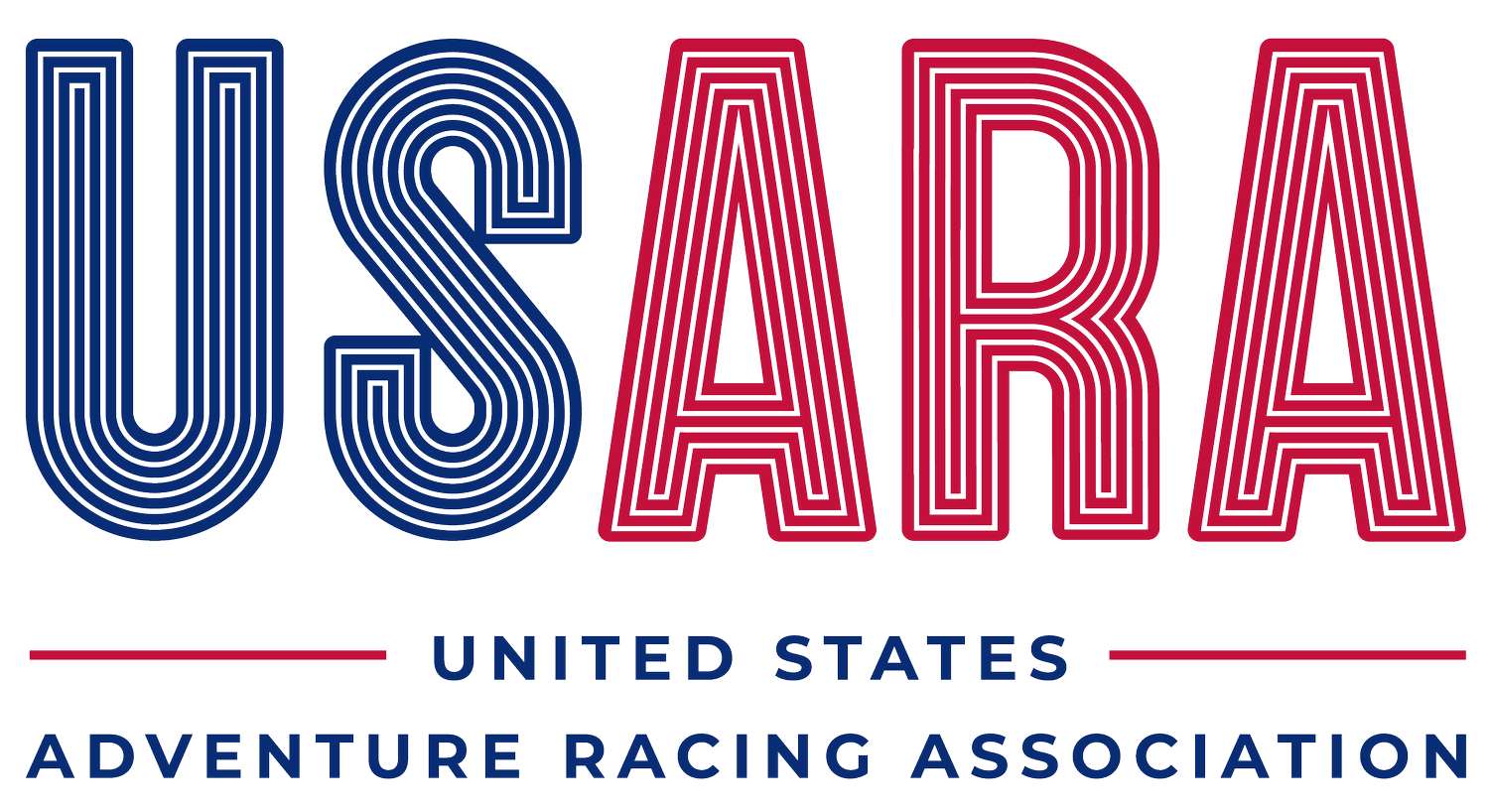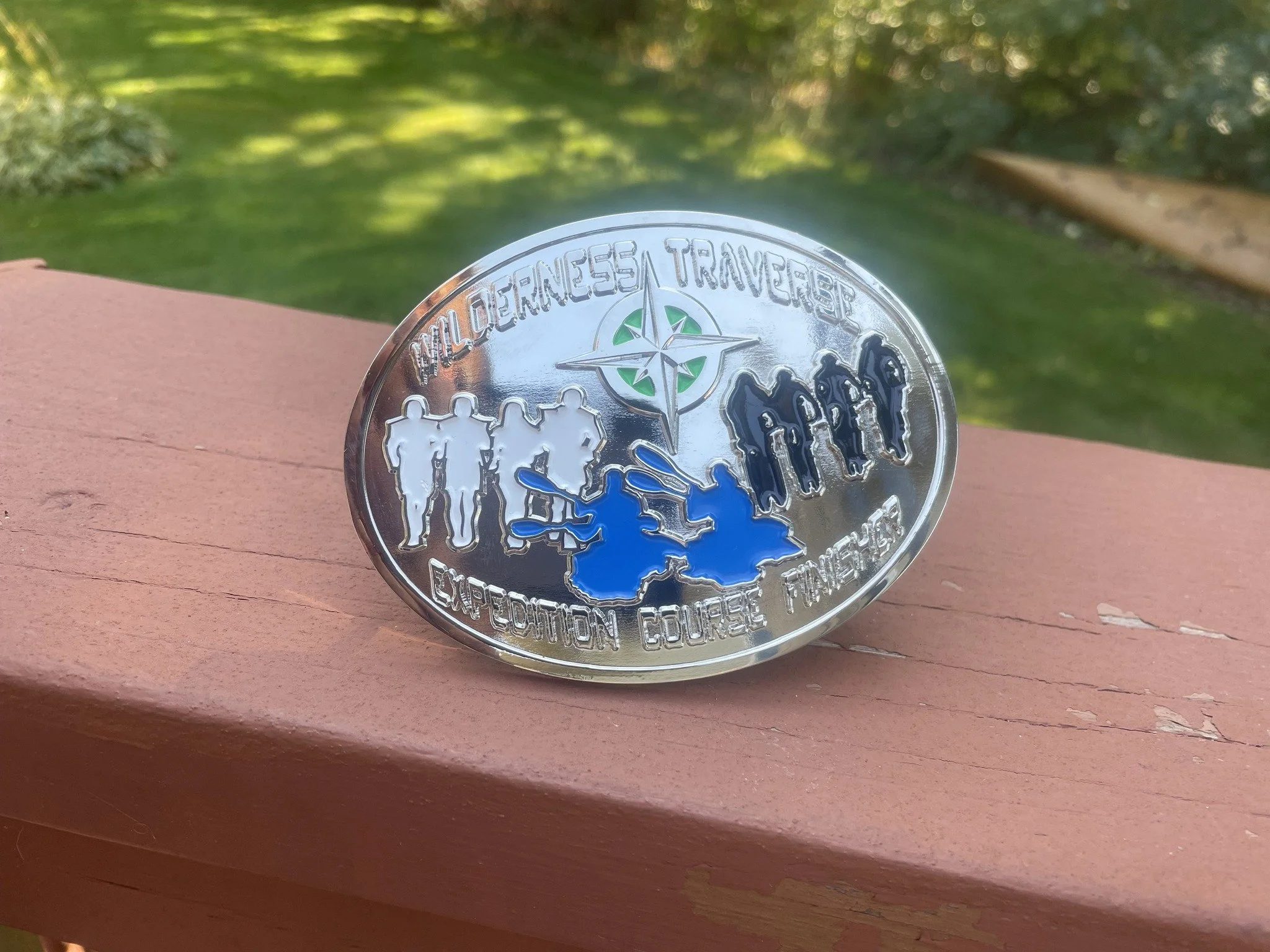The Transition: AR News & Updates
Friday, October 6, 2023
Race Reports
Barbara Niess May Finishes the Wilderness Traverse…Finally
This means a lot to me.
The short version...after 5 tries, *finally* got WT full course. Phew!
The long version? While I have had some amazing team races and experiences this season, I have not been able to regain ground that I lost because of a glute injury last fall that I believe stemmed from falling off training leading up to it. And at every single race, it was in my head and felt myself get slower and slower. At WT, I fell a lot, induced a calf strain, and my whole body swelled up. I'm used to the hurt-so-good feeling, but this time and my two races previous to this, I felt just yucky after the race. I'm grateful for teammates who have helped me through like John Price, Samantha Keck, Kevin Keck, Jason Saliga, Mark Voit, Cody Bush, Chad Denlinger, Rachel Furman, Michelle Green, Derek Bessette, and Joe Zack.
WT was my wake up call to get some help with this, and I think I have found somebody great to work with who understands off camber, has a lot of coaching experience, my age, and lives less than a mile away. I had thought to do another long race this year, but have decided that WT is my season ender, except for a shorter rogaine and a long run with friends. Time to learn new and better ways to move on my feet, strategies for my bod to be happier and regain ground that I lost—and then some!
I'm still celebrating micro gains I have made in my technical riding, increased paddle strength and micro adjustments that shore up my efficiency as a racer. I also learned more about the pain cave, and know that I can go in there and hang out for quite a while! HA.
Winter is coming. Time to make a plan for 2024 to be the best racing year yet.
2023 Adventure Race World Championship Oct. 19-28
Andrea Anderson of Team thisABILITY revisits enduring racing questions
by Andrea Anderson, Sleepmonsters Guest Commentator
Wrote this 2 years ago. Now that the World Championship is rolling around again AND we’ll be racing it this time. I’m sure we’ll be contemplating this same question!
There comes a time in the race when dot watchers and racers alike wonder how the top teams can be so far ahead. Teams coming into the TAs usually figure out their standings and word seems to travel who’s in the lead and where they are along the course. How can it take the top teams half the time or less than the back of the pack teams? How can the front teams be essentially a full day ahead? We all start to speculate. Is there something going wrong with the teams at the back or are they pacing themselves and “racing their own race” as most of us usually strive to do? Essentially, this is just a math equation.
I compared a front team who got to CP 4 in 8 1/2 hours and a back of the pack team that got to CP 4 in 15 hours. That’s 76 % faster. The top teams got to TA 1 in 24 hours which is roughly 12 min per km. If you add 76%, that’s about 21 min per km. That’s a difference of 9 min per km. So, if you do the math, 9 times 122 km adds a whopping 18+ hours to the difference between the front and the back teams. We haven’t even accounted for teams getting progressively just a little bit slower as the hours pass. So, with front teams more than 18 hours ahead of MANY teams, it’s hard to understand just how they do it.
From what I have seen, the top teams are faster at EVERYTHING. Their pace is no doubt faster, but their navigation is faster, too. Not many decisions are worthy of team discussion and, while nav errors happen, they correct quickly. Not only that, but they rarely if ever take a break, they eat on the go, they choose to change their layers less frequently and they do it all while moving. In fact stopping is done strategically. If one person needs to pee, guess what? Everyone pees. If one person needs to check their feet, they all do something productive that means they don’t have to stop again any time soon. Even more amazing is they are able to maintain a sense of urgency that is extremely difficult to maintain as the hours pass and fatigue tries to hijack the will to keep pushing your limit.
So, as back pack teams continue to make progress, the answer to the question of how do the tops teams do it? They do it just like the rest of us… How do you eat an elephant? One bite at a time. Top teams seem to stave off feeling full and keep chomping away like they’ve never tasted anything better. Back of the pack teams, while amazing athletes in their own right, seem to chew a little longer and try to make sure it all stays down.
What type of weekly content would you like to see in The Transition? Let us know at social@usara.com.


